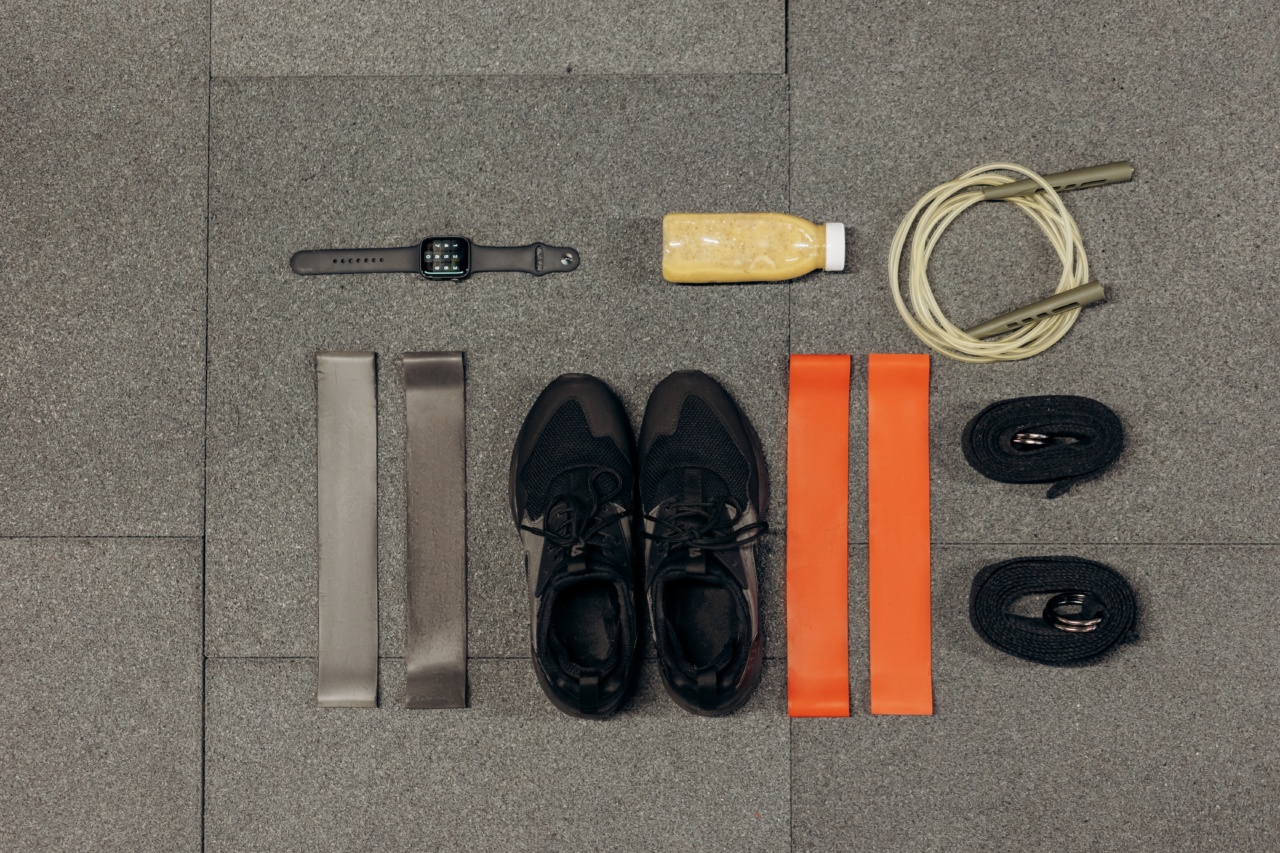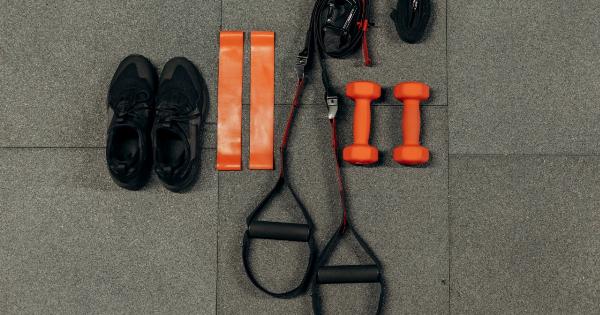Introduction
Fractures are common injuries that occur when there is a break in the bone. Most people think that fractures only affect the elderly, but anyone at any age can suffer from a fracture.
Fractures can cause pain, swelling, and difficulty moving the affected area. Apart from being painful, fractures can also cause loss of bone density, which can lead to weakened bones and increased risk of future fractures. This is where a workout plan can come in handy!.
Importance of exercise in fracture recovery
After a fracture, it is important to begin exercising as soon as possible to promote bone healing and prevent further bone loss. Exercise helps to strengthen the muscles around the fracture site, which can help to support the bone as it heals.
Exercise also helps to maintain bone density, which is essential for keeping your bones healthy and strong.
Types of exercises
When it comes to exercising after a fracture, there are several types of exercises that you should consider. These include:.
- Weight-bearing exercises: These are exercises that require you to be on your feet, such as walking, running, and dancing. Weight-bearing exercises are great for building bone density and strength.
- Strength training exercises: These are exercises that use resistance, such as weights or resistance bands, to build muscle strength. Strength training exercises can help to support the bones and improve overall fitness.
- Balance exercises: These are exercises that help to improve balance and coordination, such as yoga or tai chi. Balance exercises can help to prevent falls and reduce the risk of future fractures.
Workout plan
Here is a workout plan that you can follow after a fracture to help strengthen your bones and reduce the risk of future fractures.
Week 1-2: Rest and recovery
In the first 1-2 weeks after a fracture, it is important to rest and allow the bone to heal. This means no weight-bearing exercises or strength training.
Instead, focus on gentle range of motion exercises, such as ankle pumps or wrist circles, to help maintain mobility and flexibility in the affected area.
Week 3-4: Begin weight-bearing exercises
After the initial rest period, it is important to gradually begin weight-bearing exercises to help build bone density and strength.
Start with simple exercises, such as walking, for about 10-15 minutes a day and gradually increase the time and intensity as tolerated.
Week 5-6: Strength training exercises
Once you have built up some endurance and strength with weight-bearing exercises, you can begin to incorporate strength training exercises.
Start with light weights or resistance bands and focus on exercises that target the muscles around the fracture site. Examples of good exercises include bicep curls, tricep extensions, and leg lifts.
Week 7-8: Balance exercises
After building up your bone density and muscle strength, it is important to work on your balance and coordination. Balance exercises can help to prevent falls and reduce the risk of future fractures.
Try exercises such as single-leg stands, heel-toe walks, and tai chi.
Tips for success
Here are a few tips to keep in mind when following this workout plan:.
- Work with a physical therapist: A physical therapist can help to design a workout plan that is specific to your needs and will help you to progress safely and effectively.
- Start slowly: It is important to start slowly and gradually build up the intensity of your workouts. This will help to prevent further injury and promote safe healing.
- Listen to your body: If you experience pain or discomfort during a workout, stop immediately and consult with your doctor or physical therapist.
- Stay consistent: Consistency is key when it comes to building bone density and strength. Make sure to stick with your workout plan and follow through with your exercises regularly.
Conclusion
A fracture can be a painful and disruptive injury, but with the right workout plan, you can help to promote bone healing, increase bone density, and reduce the risk of future fractures.
Remember to start slowly, work with a physical therapist, and be consistent with your exercises for the best results.




























